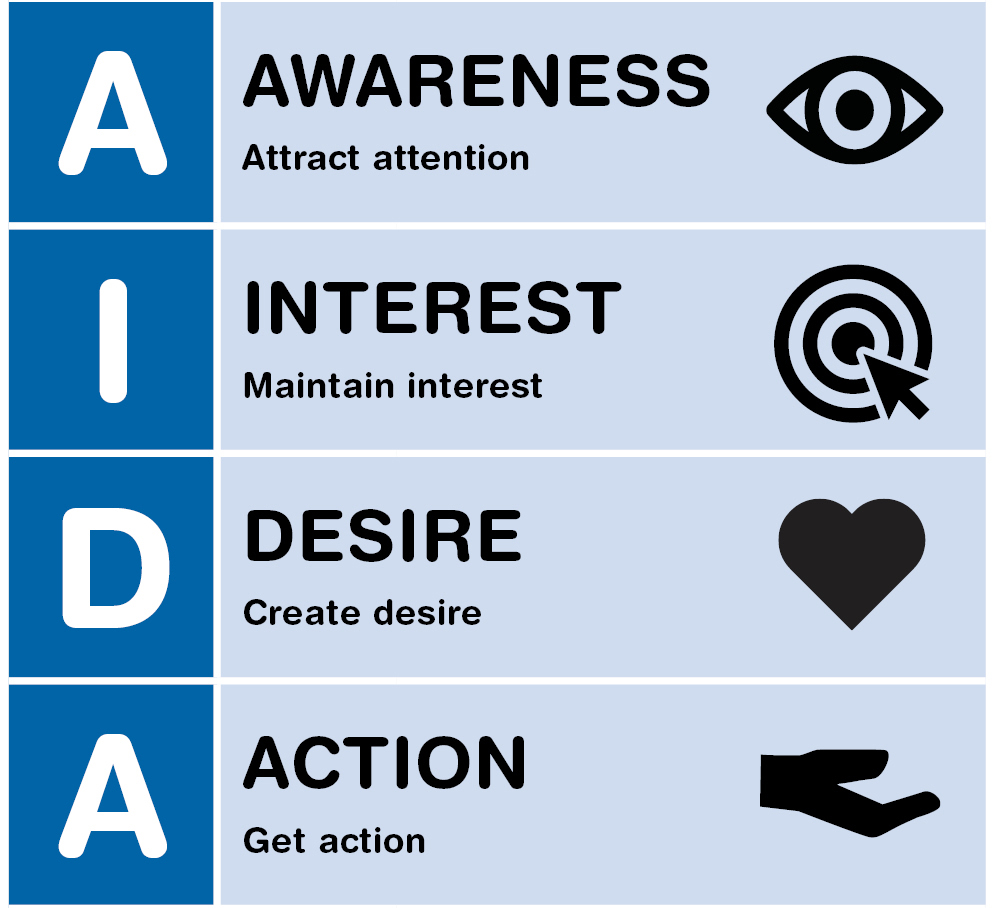Once you have formulated an elevator pitch, you know your profile in detail - and you also know who your target audience is and how to address it. The goal of an elevator pitch is not to present it out of the blue but to be prepared to give a short statement about what you can do, what you are looking for, and what you have to offer. An elevator pitch can be used as a small-talk or positioning tool.
I am sure you often hear the following in networking situations: “So, what do you do?”
The phrase “elevator pitch” contains the words “elevator” and “pitch”. The idea behind the concept is that in some situations, you need to be able to present who you are, what you can do/currently do, and what you want. You need to do so in a concise, simple, descriptive, and structured way in a short amount of time (during an elevator ride of about 30 seconds, for example).
An elevator pitch is good preparation for a networking situation and participation in career events or a job interview because there are many situations where you will often be asked to introduce yourself.
The so-called AIDA model is an excellent way to develop an elevator pitch. The AIDA model (also: AIDA principle or AIDA formula) is an advertising effectiveness model.
The first part of your introduction is, of course, about who and what you are. But stop: Avoid long-winded recounting of everything you have ever done and everywhere you have been. Instead, start in an unexpected way, such as with a particular detail about yourself, thus sparking the other person’s interest and arousing their curiosity. Ideally, this will help you be remembered beyond the interview. You can think of five keywords, for example, from your CV or your personality analysis, your educational background, studies, jobs, and other activities.
Interesting facts (I am ...), controversial statements (I’m often considered a nerd, although I ...), or rhetorical questions (Did you know that ...?) are also suitable for getting started and attracting attention. But beware, less is more.
Example: “Hello, my name is Andrea Mustermann, and I’ve just returned from the States, where I completed part of my double Master’s degree in International Management.”
After the introduction, it is essential to arouse interest in what you have to offer. Think about what your USP is. You should be able to outline this so-called “unique selling point” or “unique selling proposition” in a few concise sentences. What advantages do you offer? What is unique about your qualifications, skills, and educational background?
Example: “I chose a career in corporate responsibility because I’m passionate about this field and want to make a difference, especially in sustainability management.”
How can you be helpful to your listener? With your know-how, your work performance, your support, your skills?
Example: “While studying in the United States, I did an internship that focused on operational practices and customer engagement. The tasks were inspiring, and in addition to learning the language, I was able to train my analytical thinking and apply my project management skills.”
Conclude your elevator pitch with a concrete call to action. The other person has been told enough about you to decide if they would like to stay in touch with you or introduce you to someone else. Before you part ways, you should agree on the next steps, such as arranging a phone call or a meeting, exchanging contact information, etc.
Example: “I’ve enjoyed talking to you. May I contact you if I have any questions about corporate responsibility?”
Content is one thing – how it is conveyed is another matter. For that reason, follow these dos and don’ts:


